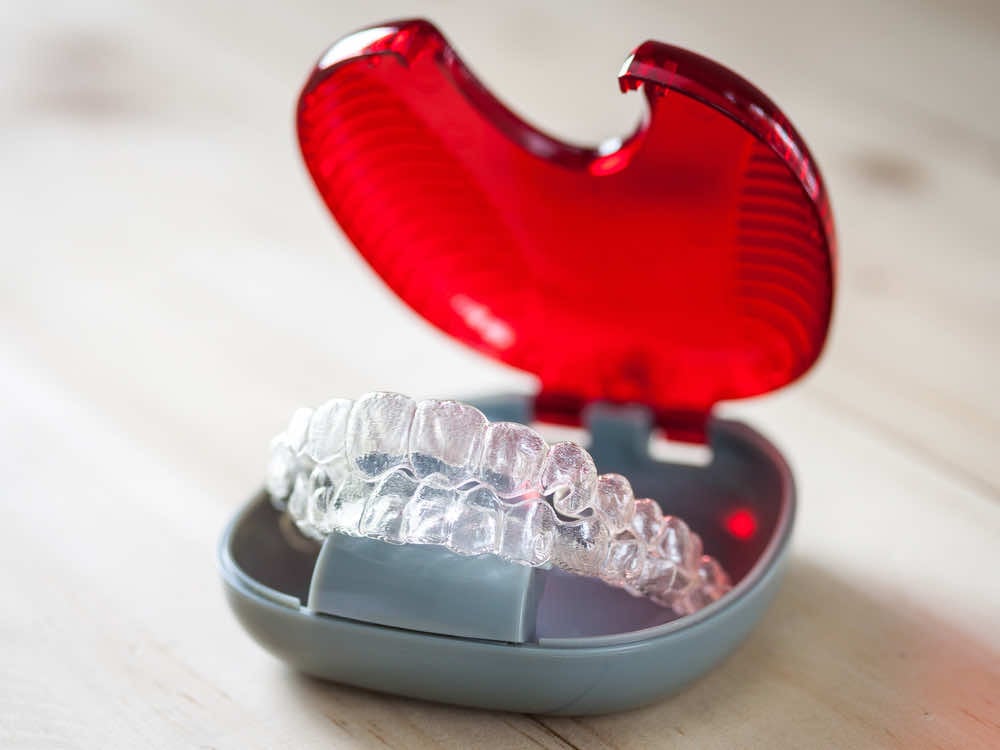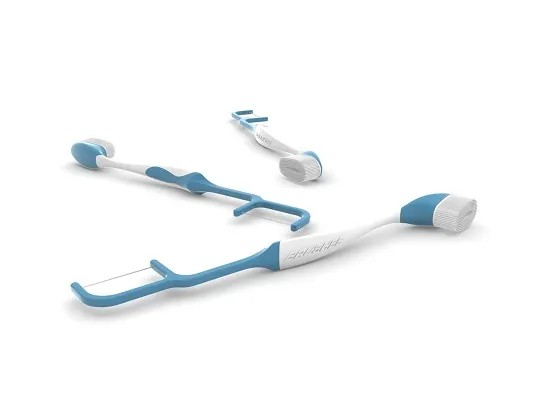Clear aligners like Invisalign have become a popular alternative to traditional braces for straightening teeth. Their removable, discreet design makes them an appealing choice for teens and adults alike. However, aligners aren’t necessarily suitable for every age group. Here’s an overview of the age criteria to consider with clear aligners.
Minimum Age Recommendations
Aligners are not typically recommended for children under age 6-7. Here’s why:
- Child Compliance – Aligners rely heavily on patient compliance with wear time and care. Children under age 7-8 may struggle to be responsible with aligner wear and oral hygiene.
- Tooth Development – Children still have baby teeth that continue to come in and develop until age 6-7. Aligners cannot effectively move teeth that are still erupting and developing.
- Treatment Goals – Most early orthodontic treatment before age 7 focuses on jaw growth and palate expansion. Aligners don’t address those needs as well as expanders.
So for best results, aligners are suggested for patients age 7-8 and up. At this point, children have the comprehension to manage aligner wear and most permanent teeth have erupted.
Are Clear Aligners Suitable For All Orthodontic Issues?
Teens Can Be Great Candidates
Teenagers often make ideal aligner patients once wisdom teeth have erupted. Benefits include:
- Teens are highly motivated to straighten new smiles for improved confidence. Their active social lives make aesthetics important.
- Compliance is less of an issue with parental involvement to monitor wear.
- Correcting bites earlier prevents worsening issues needing invasive surgery later.
- Aligners allow participation in sports and activities without damaging braces.
With orthodontist monitoring, aligners can safely and effectively straighten smiles for teens.
Treatment Over Age 50
Orthodontic treatment is becoming more common for adults 50 and older wishing to correct longstanding teeth issues. As we age, aligners offer advantages over braces including:
- Discreet straightening without the look of metal braces
- Reduced irritation to gums and roots of older teeth
- Easier to insert and remove for patients with limited dexterity
- Clear speaking without braces interfering with speech
However, some considerations with older aligners patients include:
- Longer treatment times due to slower tooth movement
- Higher risk of root resorption which may limit treatment plan
- May require extra attachments and elastics to move teeth effectively
With proper planning and reasonable expectations, aligners can successfully improve the smiles of patients even into their 60s and beyond.
The Bottom Line
While every patient is unique, clear aligners are generally suitable between the ages of 8-10 and into adulthood. Very young children under age 6-7 are not recommended for aligners until teeth are further developed. For older teens and adults, aligners provide an excellent alternative to braces with more discreet and comfortable treatment, often with faster results. Consult your orthodontist to determine if clear aligners are right for your specific orthodontic needs and goals at any age.



